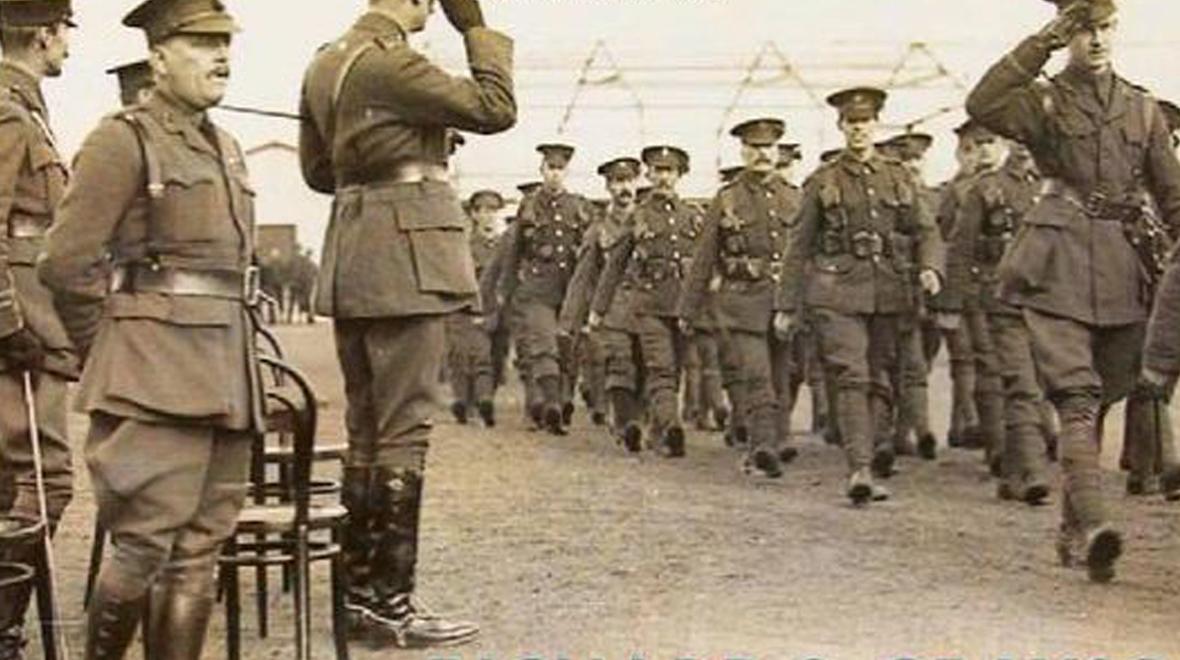Military History from the Streets: A Guide for Schools

This is a guide which sets out five steps for history teachers to use or adapt to help students understand how the military history of WWI relates to their area. The briefing is based on the book Belfast Boys: How Unionists and Nationalists Fought and Died Together in the First World War (Continuum, 2009) which includes the stories of the 16th (Irish) Division which recruited in the Falls, and the 36th (Ulster) Division which recruited in the Shankill.
This guide for schools details a way to use the “street” based approach to engage students in local and world history and to help them understand its complexities. The Five Steps are:
A local memorial
Students visit a local war memorial, and note down names.
The Commonwealth War Graves Commission website
Students visit the website of the Commonwealth War Graves Commission (www.cwgc.org) which contains the names and in some cases fuller details about all those who were killed in WWI while serving in British and Commonwealth forces. Students can find out more about the names on their local memorial, or search for information about their local area.
'The Long, Long Trail’ website (www.1914-1918.net):
Students are encouraged to use this website, produced by military historian Chris Baker, to supplement what they have already discovered such as history of different army units and their movements, order of battles, campaign histories etc.
Local Newspapers
Students research local newspapers through local libraries. These often contain photographs and biographical information about for example of a local soldier who has been killed. Alternative local newspapers from the period can be used to examine general coverage of the war at a particular point in time.
War Diaries
Students access the “War Diaries” (detailed daily records of infantry battalions, Field Ambulances and Medical Corps) which are now being made available online (www.nationalarchives.gov.uk/documentsonline).
What worked well and what, if anything, didn't?
Teachers and students can use as many or as few of the Five Steps as they wish. The project allows an emphasis on the local community and local stories within the wider picture of WWI.
Students, in researching for example a local soldier for the first time, are undertaking original research, which they find exciting. If the results of their research are documented on paper or online, this can validate their work and give them an appetite for more.
Further Information
Contact Richard Grayson at r.grayson@gold.ac.uk.


